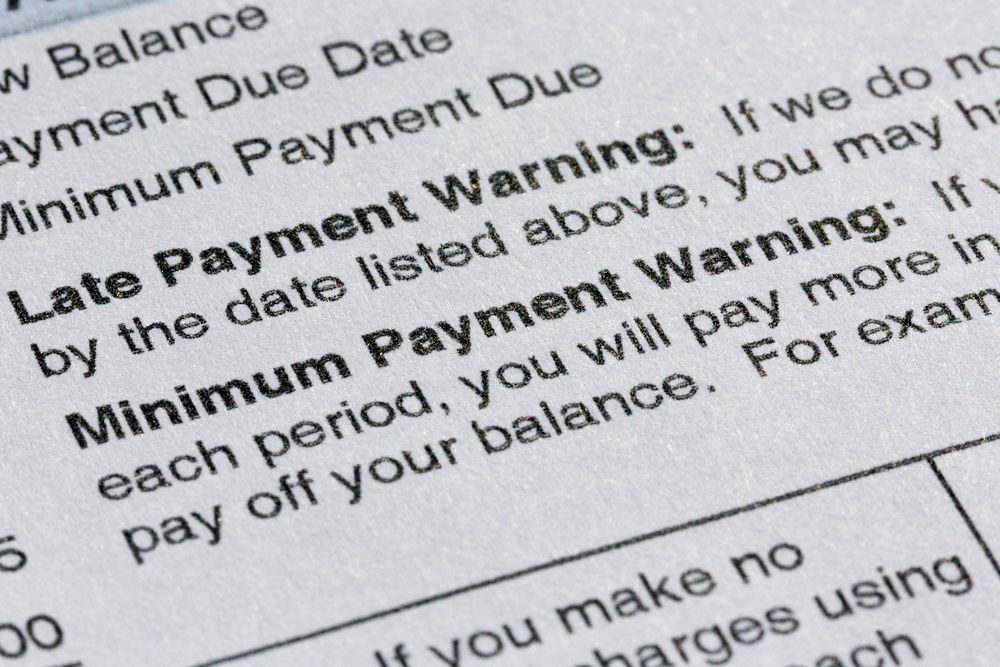5 Hacks to Avoid Expensive Credit Card Late Payment Fees
Updated: 11 Apr 2025
With credit card late payment fees of up to $100 per card, it’s more important than ever for you to pay your bills on time.
Written bySingSaver Team
Team

Late payment fees are one of the worst ways to spend your money, and can easily snowball if you have multiple cards.
Here are some ways to make it easier for you to keep track of your billing cycles and avoid hefty credit card late payment fees.
1. Set calendar reminders
It’s a common misconception that credit card payments are all due “at the end of the month”, which is often taken to mean sometime around the 30th or 31st. This is incorrect.
Credit card minimum payments are due at the end of a billing cycle. This cycle varies between banks and begins from the time you activate the card. For some banks, it begins from the first time you charge a purchase to the card.
The billing cycle may not end on the 30th or 31st, and it often doesn’t.
For example, say a bank has a billing cycle of 25 days. If you were to activate the card on the 21st of January, the billing cycle would end on the 15th of February. This is when your payment would need to be in.
Some banks have billing cycles of 25 days, some banks have 30 days cycles, and some may even have long billing cycles that are more than 40 days. It’s important to know the exact dates when your payments would be due.
As an aside, note that interest charges are applied at the end of each billing cycle. If you want to avoid interest repayments, you have to pay in full before the end of the cycle.
2. Time your cards’ activations at the same time
Ideally, you want the billing cycles of all your credit cards to end at more or less the same time. By activating your cards at the same time, you'll be able to time their billing cycles to coincide with each other.
Let’s say you have three credit cards. If you can activate them such that their billing cycles end on the 22nd, 25th, and 27th of the month, you can make repayments for all of them on the 20th of the month, and be assured that you won’t be late for any of them.
One trick to doing this is to get credit cards from the same bank, with the same protocols. However, the downside to that is you may not be able to optimise your credit cards, as some banks have promotions that others don’t.
3. Never ignore mail from your bank
If you have missed a payment, your bank will highlight this in the charges (the cost will always be called “late charges”). You will usually receive reminders via snail mail if your payment is overdue.
One potential danger of not reading this mail is that you could end up paying recurrent late charges. For example, say you pay a day late, and incur a charge of $100.
When your payment is processed, it goes toward paying this fee. As such, you don’t receive further letters, texts, phone calls, etc. However, the next month your payment is again a day late (perhaps you set the wrong date for GIRO payments), causing a $100 charge. Your next payment then covers this charge, and so on.
This could result in you paying an extra $100 every month until you notice it!
So always check snail mail from the bank. Even if most of them end up being promotional mailers anyway, it's always better to be safe than sorry.
4. Don't have more than 3 credit cards
Unless it’s absolutely necessary, try to keep your total number of credit cards down to three. It’s confusing to keep track of the billing cycles of four or five different cards, especially if they are from different banks.
Don’t renew old credit cards that you don’t need. If you keep renewing them even as you apply for new ones, you will end up with a thick stack of credit cards, all with different charges.
You might just miss $10 or $12 outstanding on one card, and end up being charged a $100 late fee for it.
As an aside, it’s not cost-efficient to have more than 3 cards, as you have to pay annual fees for each of them. Here’s what we think about how many credit cards you really need.
5. Lower your credit limit and automate payments
If you only use credit cards as a mode of payment (i.e. you always pay back in full), this is a simple method that also removes the temptation to overspend.
Set the credit limit to an amount lower than your monthly income (most credit cards have a limit of two or four times your monthly income). For example, even if your income is $5,500 a month, you can request that your credit card be given a ceiling of just $1,500 a month.
Next, set a GIRO payment of $1,500 a month to your credit card. This ensures you will always repay it in full, so there is no late charge or interest. It also prevents you from impulsive shopping sprees, as you can’t charge more to the card than $1,500 even if you wanted to.
About the author
SingSaver Team
At SingSaver, we make personal finance accessible with easy to understand personal finance reads, tools and money hacks that simplify all of life’s financial decisions for you.